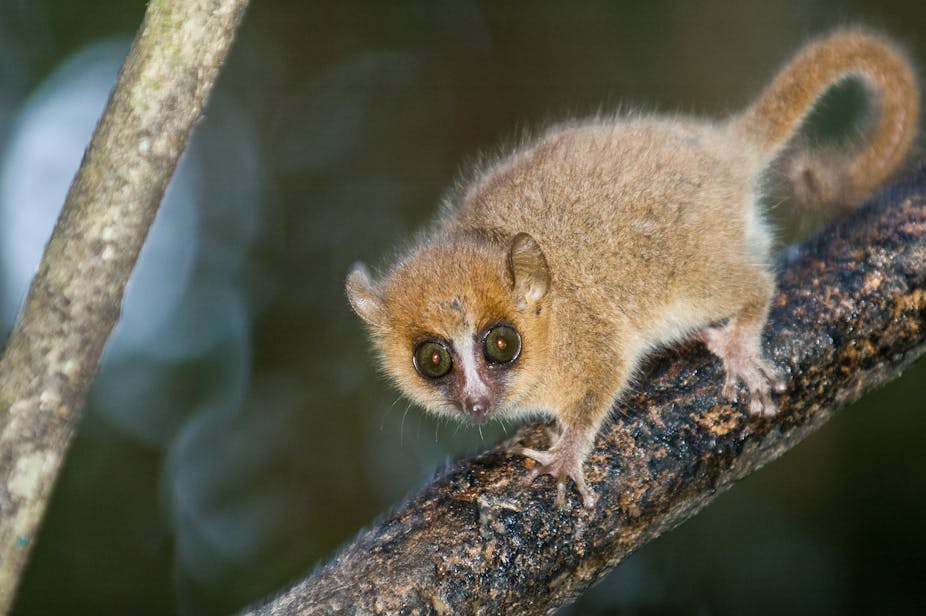We live in a changing world – and humans are the cause. Habitat loss and fragmentation, pollution, the spread of invasive species, over-harvesting, pollution and climate change are just some of the problems.
It could be argued that the current changes to the Earth’s climate are part of a pattern that has gone on over aeons. Milankovitch’s cycles, for example, describe how changes in the Earth’s movements, like the shape of its orbit around the sun or how much it is tilted on its axis, influence the climate. These changes occur at predictable intervals of 10 000 to 100 000 years.
But there is a growing consensus that the current rate and unpredictability of environmental change is unprecedented in Earth’s history.
If humans are indeed driving the sixth mass extinction, what hope is there for hundreds of thousands of animal species?
A recent study suggests that the majority of vertebrate species will not be able to evolve at a rate capable of withstanding current environmental change. This is because evolution is a slow process. It takes time for organisms to adapt.
As is already clear, some species are simply not going to be able to adapt. Extinction of species is something we have come to accept. And it’s not only the iconic species that are at risk. The first species to be declared extinct due to climate change was a mouse, the Bramble Cay mosaic-tailed rat.
But some mammals might survive, or even thrive, for reasons that aren’t immediately obvious. It is worthwhile understanding what these are by taking a different approach to how species are studied.
Thinking outside the box
Animals have a range of adaptations that could help them cope.
Some species are able to migrate or shift their home ranges, evading unfavourable environments. For example, several rodent and shrew species in Yosemite National Park have shown substantial range shifts. This has been in response to global warming, but is clearly part of a pattern of behaviour that’s simply being applied to current circumstances.
Other coping mechanisms include mammals being able to secrete vasopressin, an antidiuretic hormone. This helps them to reabsorb water from the kidneys in the event of drought. Vasopressin is released by the pituitary gland in response to water restriction. It stimulates contraction of the glomerular arterioles in the kidney, facilitating reabsorption of water in the collecting ducts. This could help with conserving water in the short-term.
Animals may also have exaptations, traits that evolved in response to past environments, that could be useful under changing conditions. An example is the eastern rock sengi, which enters torpor, a state of inactivity like hibernation, in response to food restriction. Similarly, the grey mouse lemur enters torpor, but it does so to conserve water. So torpor didn’t evolve specifically for animals to cope with drought. But it could be useful if droughts increase.
The problem is that there isn’t a record of every morphological, physiological and behavioural trait of every single species. For example, some species, like the Spinifex hopping mouse, are well studied, while others, such as the masked white-tailed rat are so secretive that we know practically nothing about them.

Another coping strategy could be behavioural flexibility. Animals that are behaviourally flexible can change their behaviour quickly in response to the environment.
A great example is the African striped mouse from the Succulent Karoo of South Africa. During an extreme drought in 2003, 99% of mice died and the population faced extinction. Food was in short supply and many mice starved. Those that survived had no fat reserves. Being small-bodied, mice lose body heat quickly and, without fat, these mice were at extreme risk of freezing to death at night.
But they survived by forming non-kin huddling groups that changed daily. This allowed them to conserve energy. Although striped mice are social, they normally nest in family groups. Nesting with strangers was a unique response to a stressful situation.
Strange as it may seem, the personality of animals may also affect their ability to adapt. Even within a species, some individuals are more likely to survive than others. For example, red squirrels that are more active and risk-prone have a lower chance of survival. But we know little about which personalities will be better off during environmental change.
Aggressive individuals may be able to exploit or dominate limited, uniformly distributed resources, which would be great in simple environments like grasslands. But reactive individuals are more behaviourally flexible, which could promote the discovery and exploitation of new resources.
In reality, it is nearly impossible to conserve species and reduce the rate of extinction if we can’t predict which species, and which individuals, will be threatened and which will survive. But we can make a start by identifying the stressors that are likely to have the most impact. This would include water availability during drought.
We could then identify traits that can promote survival. We should think outside the box and look for exaptations. It is important to take into account that animals can be flexible. In the end, it’s crucial to remember that populations are made up of individuals, which have different personalities, so some individuals will be better suited for coping than others. It’s important that top-down and bottom-up scientists make a point of talking to each other more.

